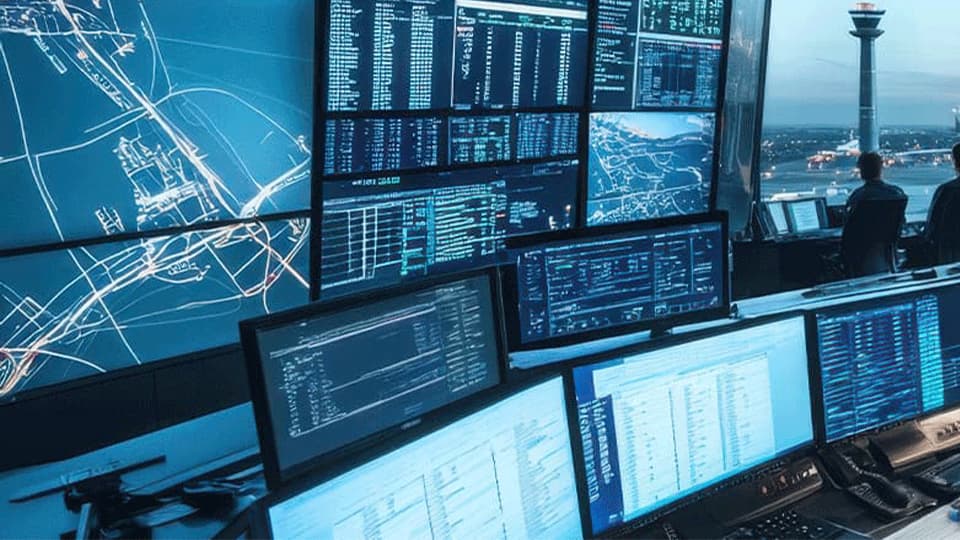EU FP7 DANSE: Air Traffic Management

Summary
Air traffic management (ATM) is becoming an increasingly complex system of systems (SoS) involving the management of information exchanges between ground (Air Traffic Control operator) and air (pilot), for the update of flights plans, in different operational scenarios, corresponding to different levels of criticality.
As the demand for air traffic capacity increases there is an urgent need to manage the evolution of the system architectures associated with ATM. This project forms part of the larger EU FP7 funded project DANSE.
Aims & objectives
This project applied novel methodologies, techniques and tools being developed by DANSE to show how these can be used to evolve future ATM systems. Challenges to achieve the “common goals” include the identification of the appropriate “states and modes” to deal with the transitions between a future ATM mode where the ATC could have full control over the aircraft’s trajectory, and an “emergency mode” where the crew has full control. In the first case, the driving goal could be efficiency whilst in the second case the goal is safety of a particular aircraft. In the transitions, both “safety” and “efficiency” viewpoints have to be considered.
Methodology
Using the DANSE methodology and toolset a dynamic ATM architecture was developed, with a focus on safety (avoiding accidents) and efficiency (scheduling, energy consumption). Then optimisation of the architecture, design, and validation was performed using simulation approaches. Adequate definition of these control and decision processes, taking into account uncertainties (e.g., weather forecast), human errors and technical failures was the core of the engineering of such complex systems – in particular the information subsystems and communication backbones.
Technical approach
The AVRRC was responsible for the successful SOS architecture aspects of the project, including mining and developing appropriate architecture patterns that can be used in the architecture optimisation process.
Project consortium
The DANSE project consortium included:
• Advanced Laboratory on Embedded Systems s.r.l.
• Carmeq - GMBH
• Eads Deutschland - GMBH
• European aeronautic defence and space company EADS - France sas
• IBM Israel - Science and Technology Ltd
• Institut National de Recherche en Informatique et en Automatique - France
• Israel Aerospace Industries Ltd
• Loughborough University
• Sodius SAS
• Thales SA
Project sponsors
This work was supported in part by European Commission for funding the Large-scale integrating project (IP) proposal under the ICT Call 7 (FP7-ICT-2011-7) ‘Designing for Adaptability and evolutioN in System of systems Engineering (DANSE)’.